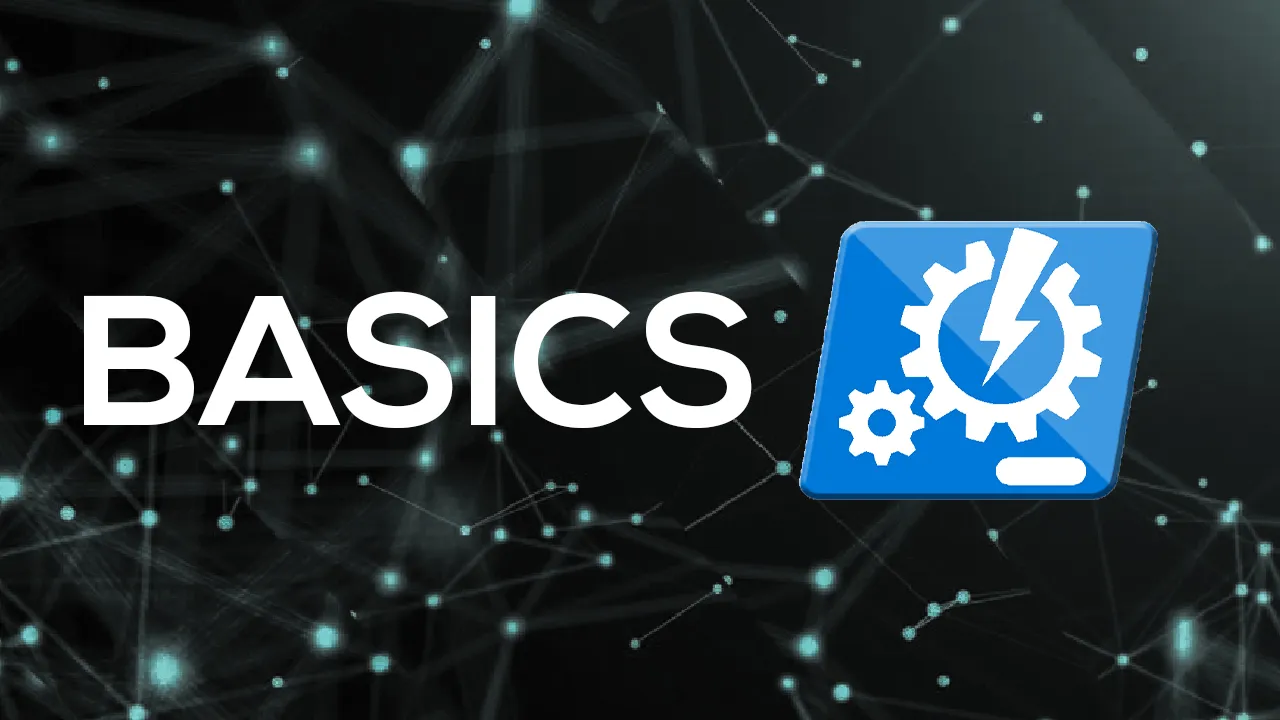Automation leads from the forefront of all IT solutions for businesses. If a process is redundant, you use technological resources to automate it. If a process is time-consuming, you find a way to automate it. If a task doesn’t carry a ton of value and you don’t need a person working on it, yet again you automate it. This is the simple theory behind Automation.
Azure Automation is one of those techniques that allow you to automate your tasks in a cloud-based environment. Let’s look at Azure Automation Accounts in detail and answer some important questions like what is Azure Automation and why to use it in this post.
Table of Contents
- What is Azure Automation?
- Why use Azure Automation?
- What are the different categories of Azure Automation?
- How to create an Azure Automation account?
- What are the benefits of Azure Automation?
- Final Thoughts
What is Azure Automation?
Azure Automation is all about automating manual and repetitive tasks in the cloud environment. This means that you don’t need a Virtual Machine or a physical machine. It allows you to automate tasks on a cloud environment that is hosted by Microsoft Azure.
Azure Automation is also referred to as Azure Runbook frequently. Runbook enables organizations to save time and increase the reliability of regular executive tasks.
Why use Azure Automation?
There are 2 major reasons why you can use Azure Automation for your business -
- The specified task is repetitive
- The task does not require human interaction
In both these cases, Azure Automation can be deployed to lower operational costs and increase output performance. Apart from these, you can use Azure Automation for several other reasons too. For example, some businesses use Azure Automation for managing their virtual machines at scale. The sky is the limit for what you can do with the power of Microsoft Azure.
What are the different categories of Azure Automation?
Now that you have a basic understanding of Microsoft Azure’s use cases, let’s take a look at their categories. From the type of their tasks and way it is carried out, Azure Automation can be divided into 5 categories -
- Process Automation
- Configuration Management
- Update Management
- Shared capabilities
- Heterogeneous Support
Process Automation
Process Automation allows you to automate tasks that are repetitive and time-consuming. You can use process Automation to lower your operational costs while improving the efficiency of these redundant tasks. That’s like killing two birds with a single stone!
Process Automation supports the use of other public systems for results. It also allows you to integrate other Azure services into Azure Automation. This move gives you the advantage of synchronizing multiple resources to create the perfect automation modules.
Configuration Management
Configuration management is divided into two services. The first category is all about change tracking and inventory management. This is designed to help you track the changes that occur in -
This service allows you to keep track of crucial changes and alert you when it happens. Configuration management may be tedious to set up, but it can save you a lot of time when you do it right.
The second category of Configuration Management is the Azure Automation State Configuration. This is a cloud-based feature that allows you to manage your DSC ( Desired State Configurations ) resources inside Azure Automation. You can change or apply configurations to these virtual and physical machines with the power of Configuration Management.
Update management
Update Management is one of the best features of Azure Automation for large and medium-sized companies. Let us consider that your organization has 100’s of VM and physical machines. You need to keep them all updated and compliant so that the employees in your organization can work efficiently. Managing all on-premise and cloud systems becomes really hard without Update Management.
It allows you to schedule updates and other crucial installations from a single portal. You can decide when to go on with the update or when to pull it from deployment. With Update management, you can keep a check of your maintenance schedules and keep your employees informed of server downtimes and system unavailability errors.
Shared capabilities of Azure Automation
Once you start using it, you will understand that this is the next big thing in Azure Automation. Here are some of the shared capabilities of Azure Automation -
- Shared resources
- Role-based access control settings
- Flexible scheduling
- Source control integration for heterogeneous systems
- Auditing
- Tagging.
Azure Automation offers you tons of shared resources. Let’s take a look at some of the top shared resources.
#azure-automation #azure automation
